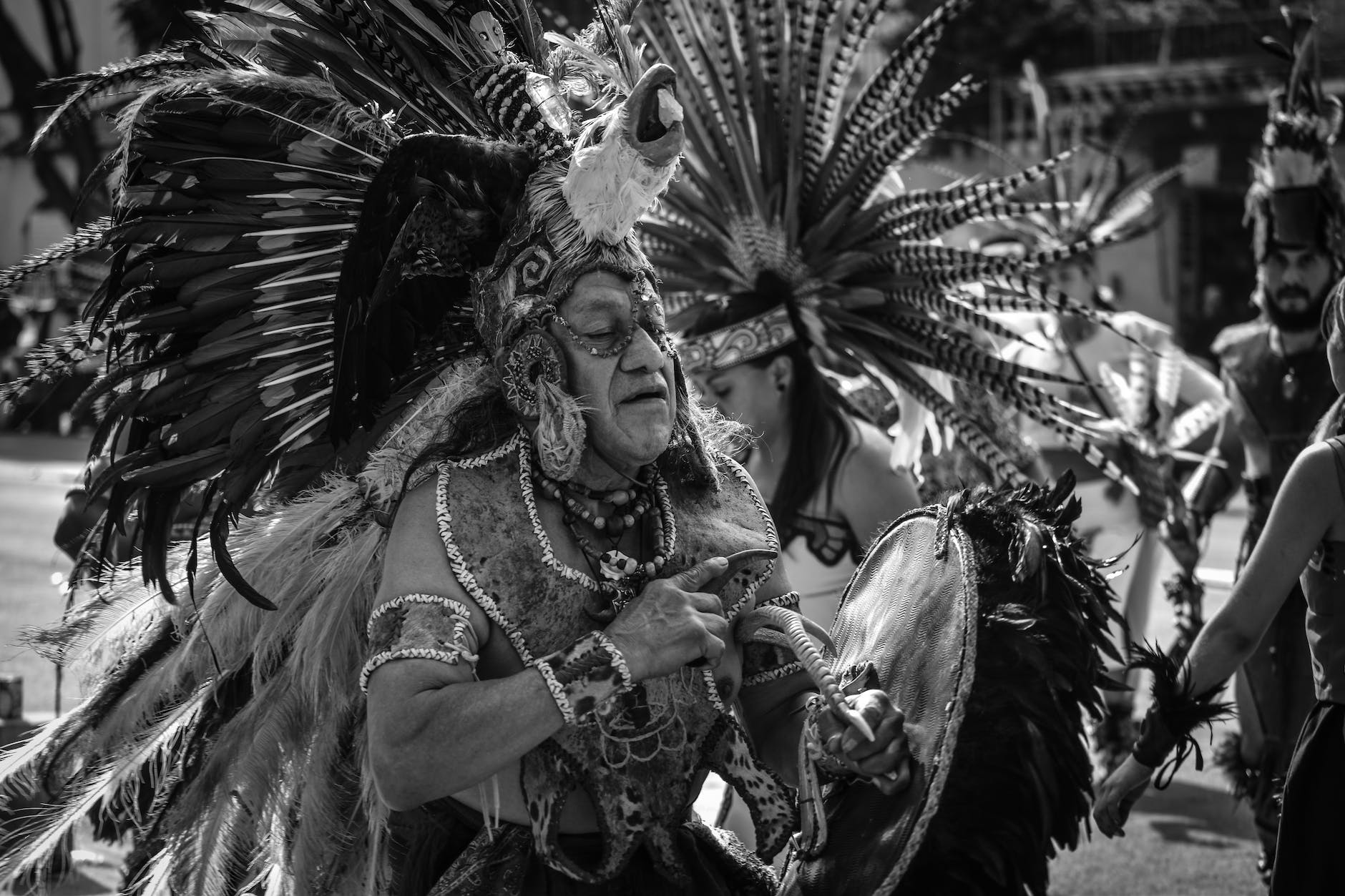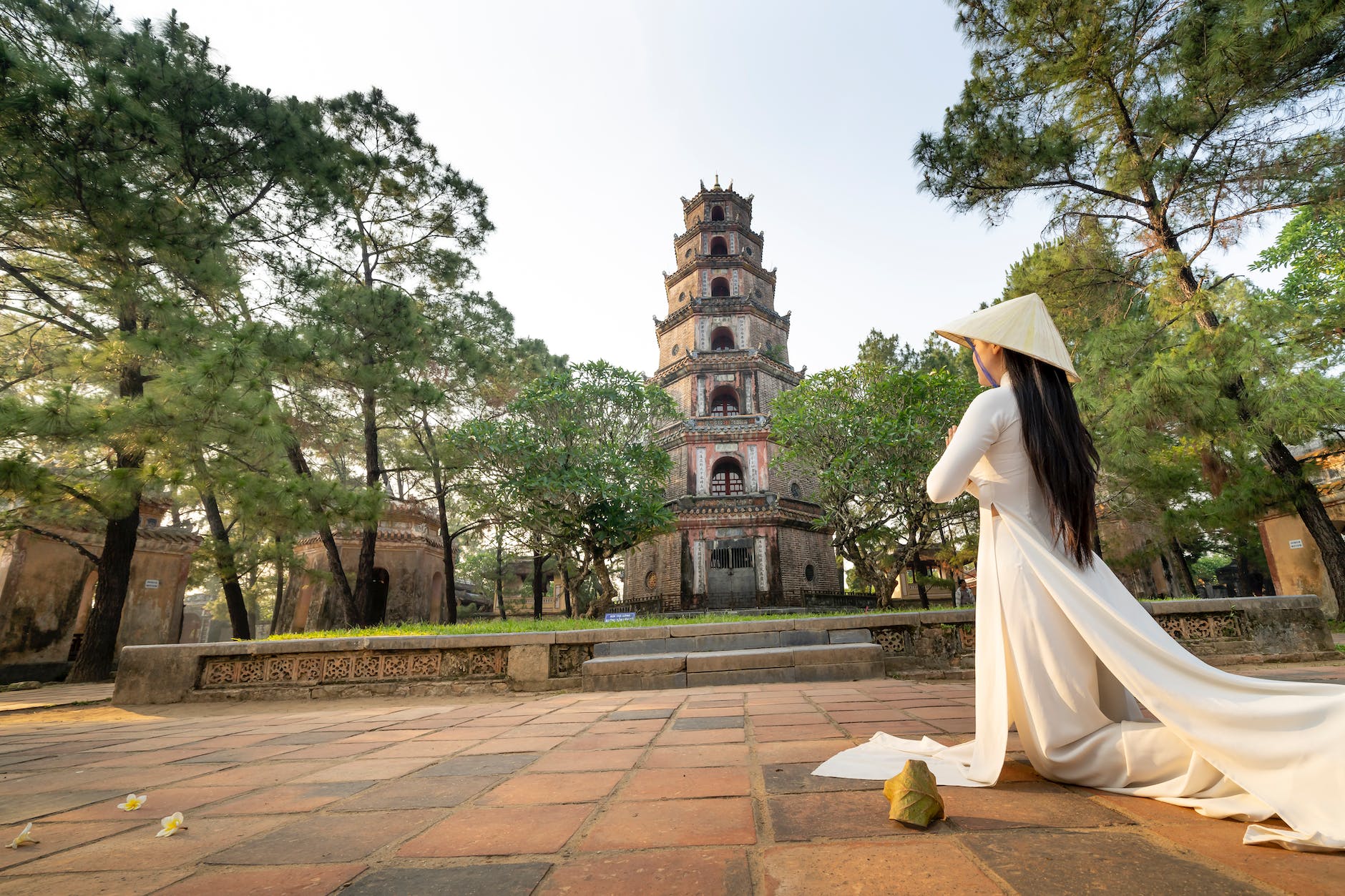Psychedelics have been a pivotal part of human culture since antiquity. They have molded entire societies, informed spiritual practices, and shaped the development of civilizations. Their role is particularly pronounced in indigenous cultures, where they have a rich heritage of use for spiritual, therapeutic, and social purposes. This article will delve into the traditional use of psychedelics in indigenous communities and explore their cultural significance.
In indigenous cultures all over the world, from the Amazon jungles to the plains of North America, psychedelics have been deeply entrenched in their belief systems and practices. In the shamanism and psychedelics framework, these substances serve as a conduit linking the physical world with the spiritual world. As intermediaries between humans and spirits, shamans use these substances to heal, foresee the future, and manage social issues within their communities.
From the peyote cactus in Mexico to the Ayahuasca brew in South America, the ancient psychedelic rituals are a plethora of practices that vary extensively across different regions. For example, the Huichol people of Mexico have a long-standing tradition of using peyote in their religious rites. They believe the cactus links them to deities allowing spiritual transformation, healing, and the nurturing of communal bonds.
Elsewhere, in the Amazonian cultures, the Ayahuasca brew–prepared using the Banisteriopsis caapi vine and other ingredients–plays a central role in their religious and therapeutic practices. The Ayahuasca ceremony is an intense spiritual journey guided by a shaman where participants confront their deepest fears and unveil truths. Each region’s distinctive psychedelic practices bridges the gap between the material and phenomenal world, allowing for self-discovery, psychic healing, and communal harmony.
The cultural significance of psychedelics extends beyond being mere facilitators of spiritual practices, acting additionally as instruments for social control and cohesion in these societies. Consuming these substances within the boundaries of the rituals acts as a rite of passage, strengthens bonds, and reinforces social hierarchies. Also, they serve to resolve conflicts and manage behavioral deviations, thereby preserving societal order.
Simultaneously, the psychedelics also grace the artistic canvases of many indigenous cultures, known as psychedelic art in indigenous cultures. This form of art is not just a creative expression, but it breathes life into their religious beliefs, myths, and experiences. Extensive anthropological studies find remarkable commonalities in the symbols, motifs, and patterns featured in psychedelic art across different cultures, indicating a universal cognitive transformation brought about by these substances.
Despite the denigration and cultural erasure faced by many indigenous communities globally, their psychedelic traditions persist, albeit with remarkable resilience and dynamism. Today, the traditional use of these substances is coming to the fore, thanks to the increasing scientific interest in their therapeutic potential. The western therapeutic model is taking cues from these age-old practices to harness the healing power of psychedelics, thereby initiating a renaissance in mental health therapy.
In conclusion, the significance and role of psychedelic substances in indigenous cultures are far more intricate and profound than often understood. They are enmeshed in their cosmologies, social structures, and even their art. Psychedelics for these societies are a gateway to spiritual enlightenment, healing, community building, artistic expression, and preserving the order. In today’s world, understanding these traditional practices becomes pivotal in harnessing the therapeutic potential of psychedelics and setting culturally informed regulations. Therefore, a respect and appreciation for these indigenous psychedelic practices are not only an acknowledgment of their wisdom but an investment in our wellness paradigm’s transformation.
Sources:
Shamanism and Psychedelics
Ancient Psychedelic Rituals
Cultural Significance of Psychedelics
Psychedelic Art in Indigenous Cultures





